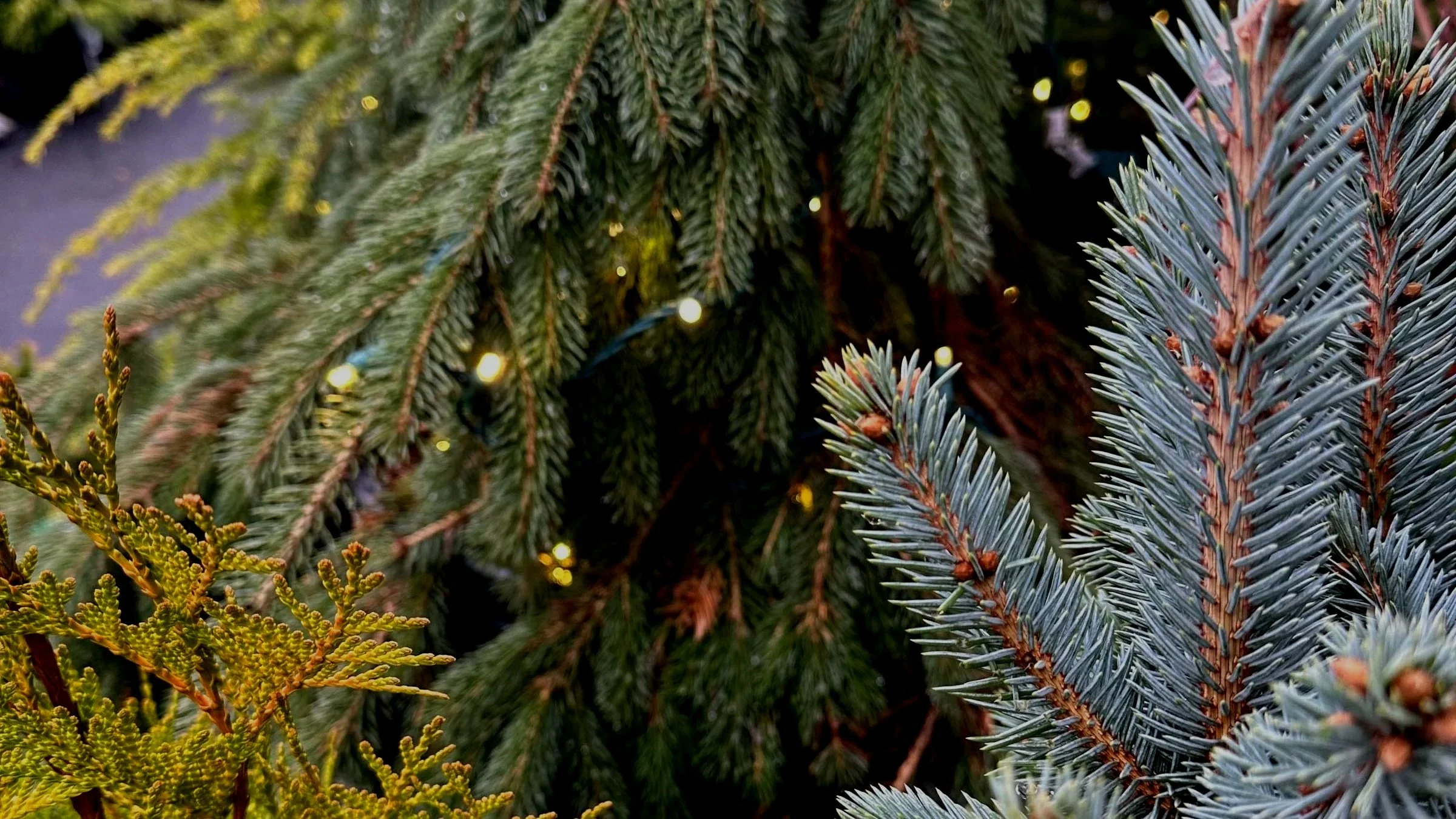It’s been a while since I have thrown a “to-do” list at you so I think it is about time to get back to the basics. Chores this month can be summed up with the following words: water, feed, mulch, prune, stake, and manage insects and diseases. Here’s a little more detail on those items…
WATERING: The trick to watering is to never let the garden get too dry. I try to build up a reserve of water in the soil and then just top it off on a weekly basis. I get the best growth when there is consistent moisture in the soil. The best way to water is deeply and infrequently. Talk to one of our professionals (they are known as Certified Professional Horticulturist or CPH’S), or any of our other great employees on staff, about the best gadgets to use with your soil.
FEEDING: If you want your plants to flourish and look fabulous, then you need to feed them. This is especially true for annuals, perennials, and vegetables. When it comes to annuals, especially in containers, it is hard to beat a soluble fertilizer like Sea Grow (we call it “crack” for plants here at the nursery). For plants in the ground, I still prefer the organics because they have microbes and humic acid added to them, both of which improve the overall long term health of the soil.
MULCHING: Spreading a fresh layer of mulch (think compost or bark) will kill two birds with one stone. The mulch will smother the weeds and also help retain moisture so you have to water less and pull fewer weeds. Over time, as the mulch decomposes, it improves the quality of the soil. What’s not to like about that?
PRUNING: I do a lot of pruning in July. Hedges need to be trimmed this month so that they look groomed for the rest of the summer. Vines, like wisteria, need to have those long stems cut in half to keep them from overtaking the trellis or roof of the house. Editing or thinning of shrubs and trees can be done this month and the pruning cuts will heal quickly while the plant is in an active state of growth.
PLANTING: Shrubs, trees, perennials, annuals, and ground covers can all be planted during the summer as long as you water them in well (hold off on seeding a lawn until the nights are cool). Don’t hesitate to drop by the nursery every couple of weeks to see what’s new. Growers have lots of new crops ready and are shipping them to us weekly.
STAKING: I like to think that if I plant enough plants close together they will hold each other up, but it doesn’t always work. All it takes is one windy and wet day to knock everything flat on the ground. We sell all sorts of contraptions to help hold up plants, but they don’t work if you leave them in the garden shed. Get them installed before the calamity strikes, because you know it will sooner or later. Keeping the horse in the barn is a lot easier than trying to put it back in the barn.
BUGS, SLUGS AND OTHER THUGS: Slugs never take a vacation. Keep the slug bait out there but treat other insect problems on an as-needed basis. For mildew, be proactive. If you have plants that always get mildew, apply a spray before you see it. It is nearly impossible to cure it once it has infected your plants.


